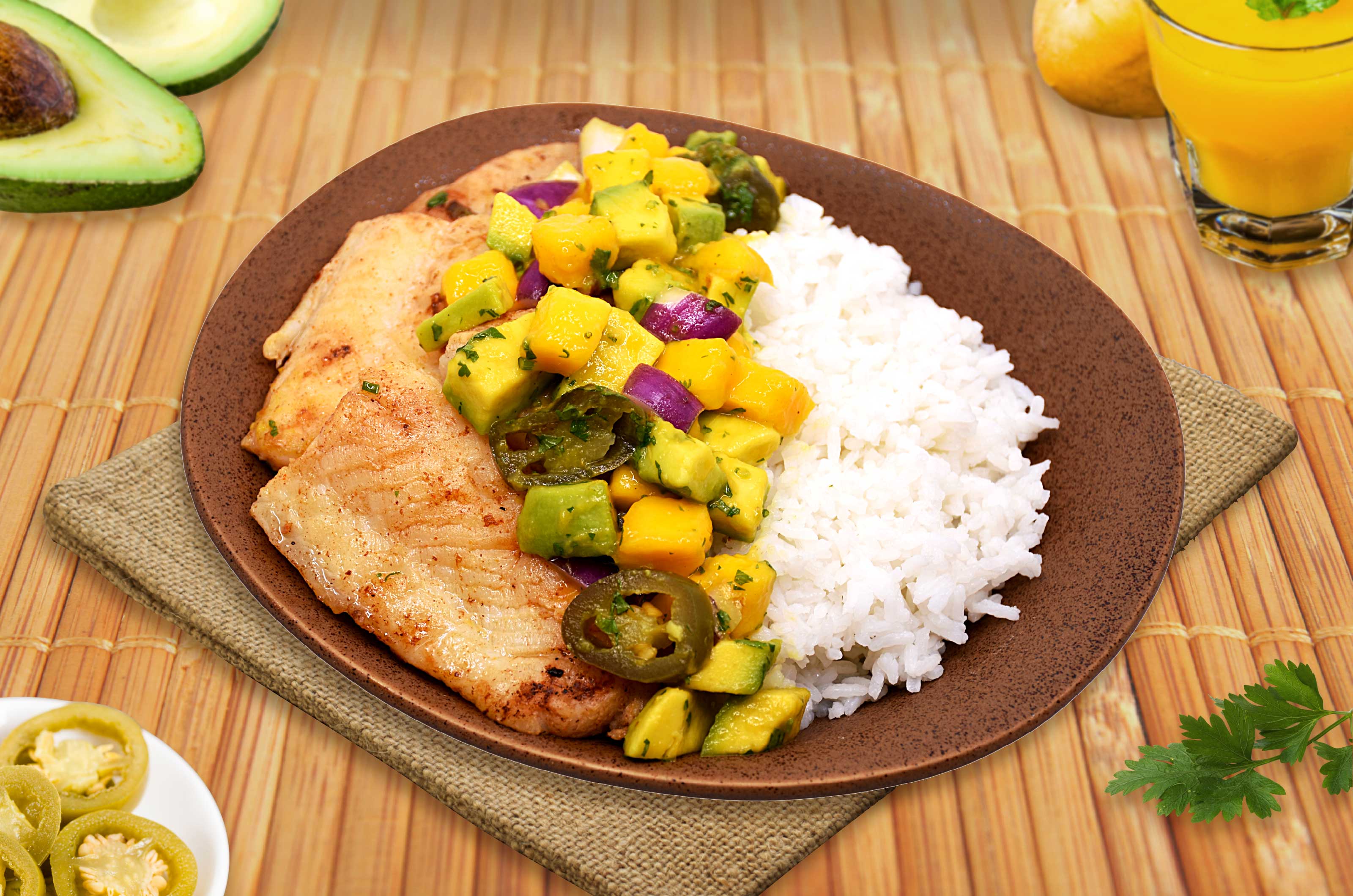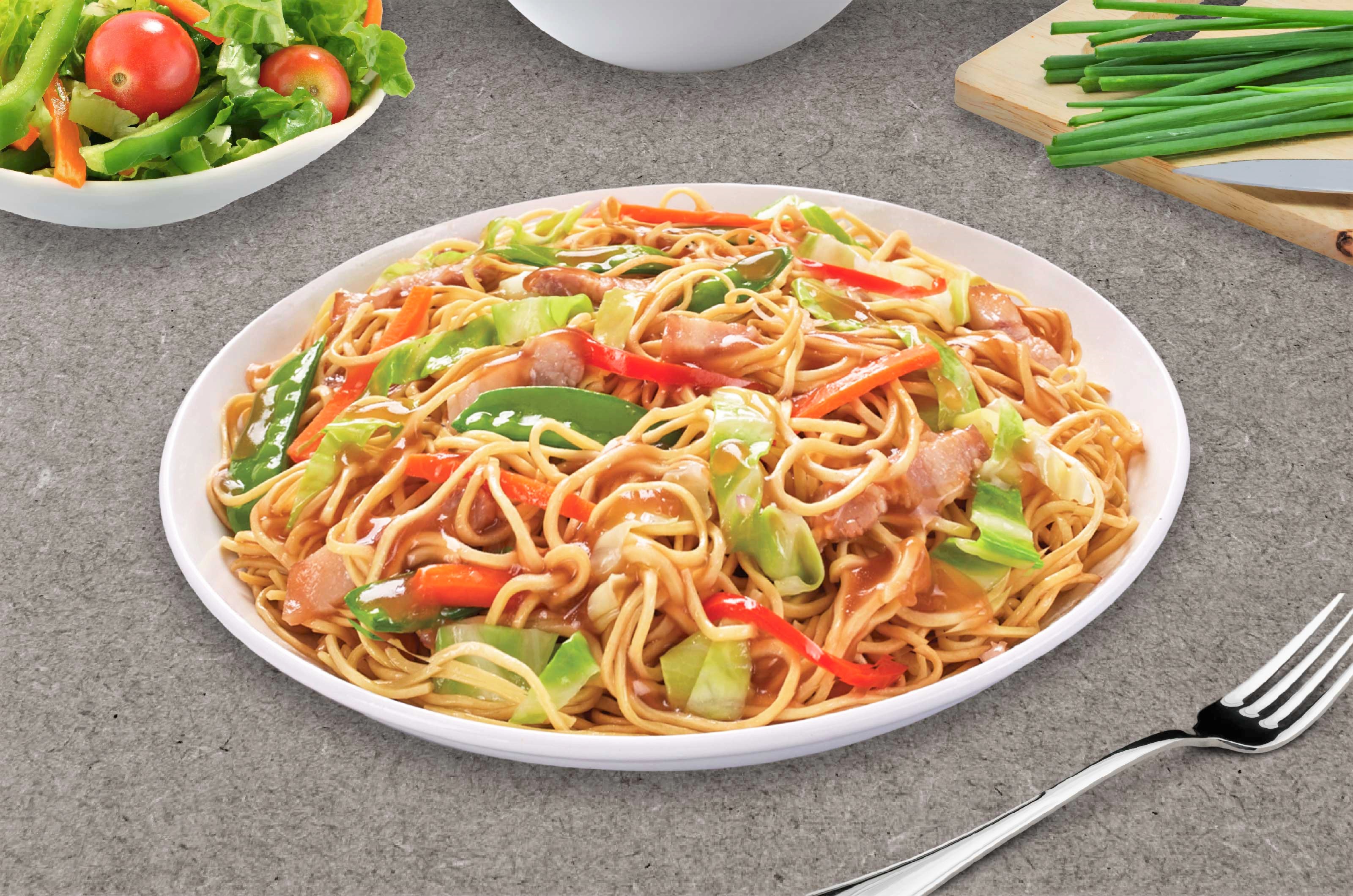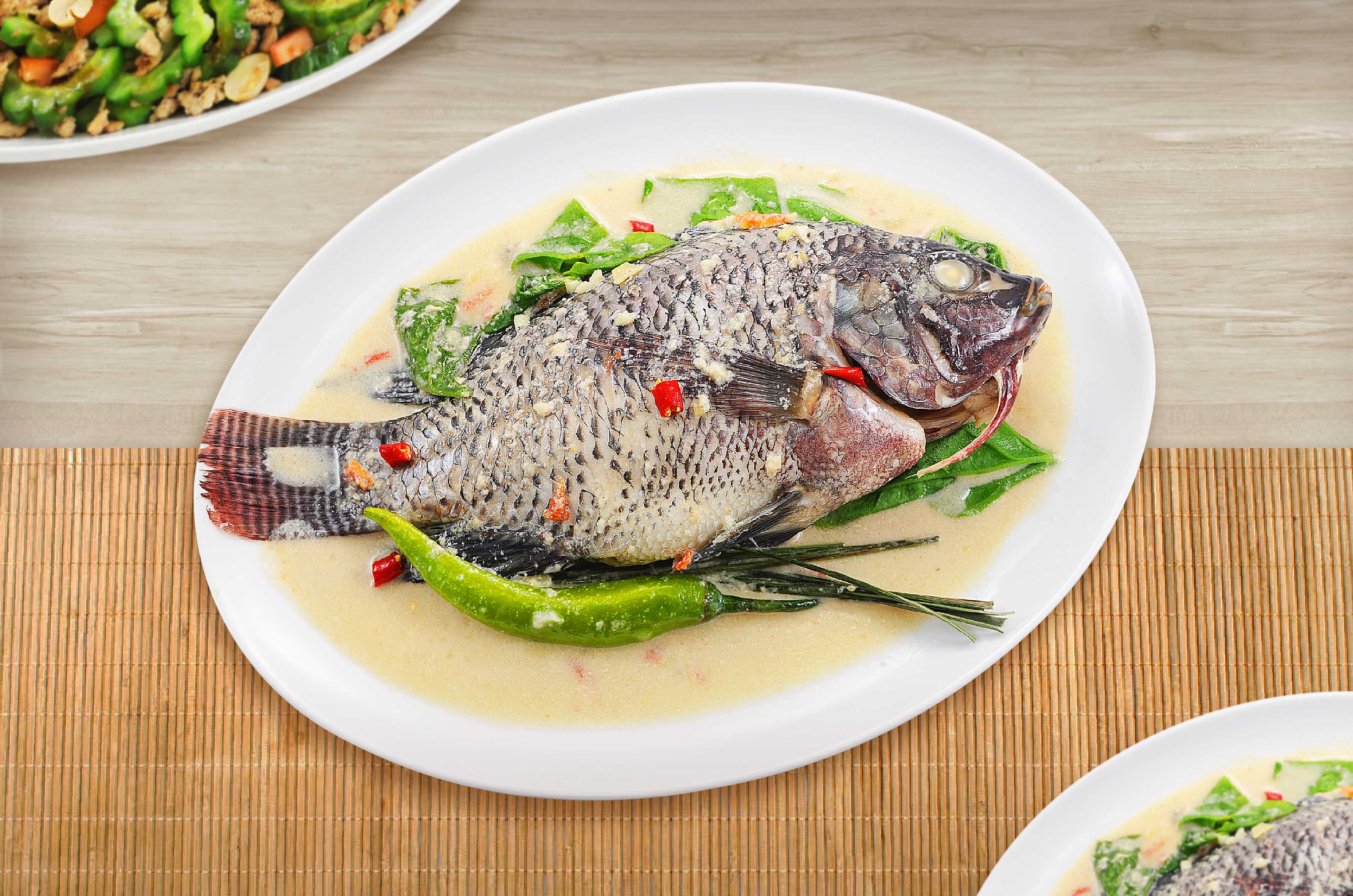LOLA’s Bugtong Ng Pagkaing Pinoy
July 31, 2019 | 8:38 am

Most Pinoys who know how to cook basic Filipino dishes like adobo, sinigang, tinola and such may have likely learned it through their mother or grandmother. Even if you asked some chefs on where they get their inspiration from cooking, they would answer that it’s either of the two.
There is really nothing quite like our lola’s ulam Pinoy recipes as it was her who handed down the family recipes to our mothers. In line with this, Ajinomoto Philippines Corporation introduces LOLA or your Local food culture On-Line Assistant which will share its wealth of culinary knowledge and expertise accumulated through the years similar to our doting grandmother.
LOLA will also connect beyond old recipe books and help online audiences rediscover their roots. At the same time, our virtual LOLA will present how our local cuisines evolve through food stories and trivia.
For LOLA’s first blog, we will explore dishes that best represent Filipino cuisine.
| LECHON | ADOBO |
|---|---|
|
|
| SINIGANG | SISIG |
|
|
These dishes are very much Pinoy, because they showcase prevalence, versatility, appeal to the public and diversity that reach even the farthest region of the country. Stay tuned for LOLA’s Bugtong ng Pagkaing Pinoy series that will show us ways to enjoy gulay recipes and other healthy recipes from the Philippines.
Latest Blogs
Cooking Tips to Lower your Blood Cholesterol Levels
March 8, 2021
Things You Find in Every Pinoy Birthday Handaan List
February 15, 2021
A Private Mukbang Sesh for 2
February 11, 2021
Breakfast in Bed
February 10, 2021
RELATED ARTICLES
Here in the Philippines, we take birthday celebrations seriously. It’s an opportunity for the family (or even the whole barangay!) to get together, reunite, and make merry the marking of another fruitful year. And with every birthday celebration comes a list of Pinoy birthday handaan staples to fill the table.
When you’re cooking for the family, there are two things that you should always consider. First is the budget. Are the meals affordable to make? Does it fit your family ulam budget for the month? Affordability will always be an…
The Holy Week is fast-approaching! As a country with a predominantly Catholic population, having to abstain from meat for one whole week is not an easy feat, especially when meat happens to be the center of almost all our Filipino dishes.









